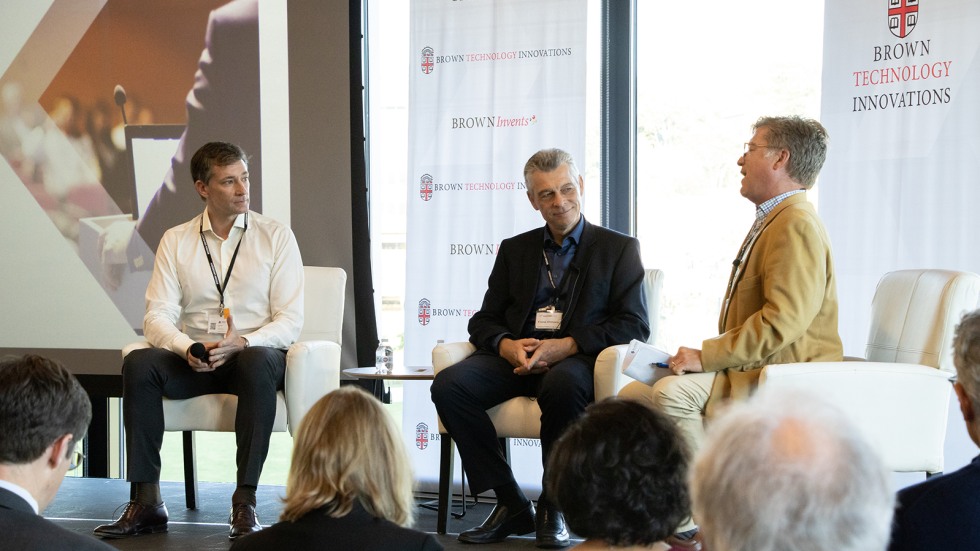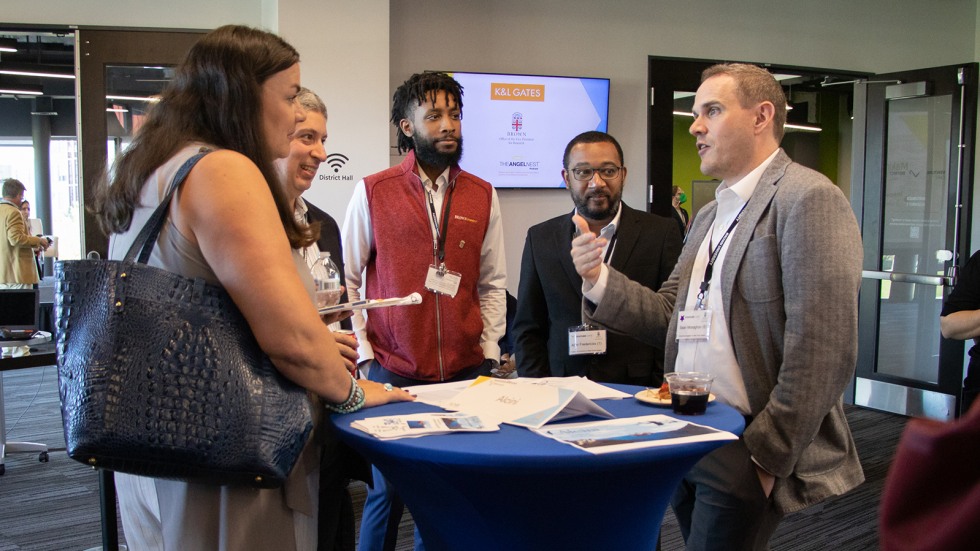Infused with moisture management properties, Adept paints and primers, according to Stein, can help homeowners combat water damage and mold growth in places like bathrooms, kitchens and more.
"Many people have issues controlling humidity and mold in their bathrooms," he said. "This is something that this technology does very well. The Adept paints can offer a straightforward solution that makes the bathroom prettier, but it also performs better and avoids problems like mold that cause health issues and unsightly stains."
Stein expects Adept’s technology to be applied in other sectors, including packaging, medical, automotive, military and agriculture. He said his vision for the company is to produce smart materials that offer more functionality and improve energy efficiency.
"I would like the company to become a technology shop that is an expert in developing materials that solve practical problems based on a deep knowledge of how materials and the laws of physics intertwine," Stein said. "There's a lot of room for innovation. If I compare where we are now with our energy use in buildings to how the natural world and how plants regulate themselves in different environments, there's a lot of room to improve, and I would love to contribute to that progress."
Tinos Therapeutics: A new way to target cancer
For its immense potential to treat many diseases, RNA-based therapeutics, a class of drugs that leverage the properties of RNA (ribonucleic acid) molecules, are gaining attention among medical and biopharmaceutical leaders. Messenger RNA (mRNA), for example, is widely recognized as the breakthrough technology that enabled the COVID-19 vaccines from Moderna and Pfizer-BioNTech.
Through cutting-edge research, pioneering scientists, including Nikos Tapinos, an associate professor of neurosurgery and neuroscience at Brown, are now advancing breakthroughs in RNA technology to take on countless other diseases, including cancer, Tapinos said.
“It’s an inspiring time right now to be focused on RNA therapeutics — this year’s Nobel Prize in Medicine was awarded to the research team that pioneered the RNA modification technology that led to the development of the COVID vaccines,” Tapinos said. “For years, researchers have grown to understand how modifying RNA as a therapeutic will help save patients, and with that knowledge, we now have the COVID vaccine. RNA therapeutics is the next frontier.”
Tapinos has dedicated more than 10 years to investigating treatments for glioblastoma, the most prevalent and aggressive type of brain tumor. Despite treatment efforts, tumor recurrence is inevitable primarily due to the presence of a type of cancer cell called glioma stem cells (GSCs).
By unlocking an understanding of how to modify RNA molecules produced within a cancer cell, Tapinos developed a new RNA therapeutic discovery platform, named the Epi-CODE™ RNA Platform. Leveraging the knowledge of RNA modifications of cancer stem cells, he developed RNA therapeutics that can stop tumor growth and increase overall survival rates for hard-to-treat cancers, including glioblastoma, melanoma, colorectal, ovarian and non-small cell lung cancer. Findings from preclinical research show excellent efficacy in mouse models of cancer.
In his lab at Brown, Tapinos also found that some specific members of a class of molecular targets known as enhancer RNA (eRNA) are essential for the growth of GSCs. With funding from the Brown Biomedical Innovations to Impact Fund and support from Brown Technology Innovations, Tapinos has developed a drug to interfere with these eRNAs, stop the growth of GSCs and change the treatment course for glioblastoma.
Tapinos is motivated to bring these drugs to the market. To do that, he co-founded Tinos Therapeutics, Inc. in March with pharmaceutical and biotech executive Wendy Perrow, who serves as CEO. The startup’s team is now focused on raising funding to further test the RNA platform’s efficacy through clinical trials and then ultimately FDA approval, which they hope to secure by 2025. By commercializing his scientific discovery, Tapinos is delivering on what he aspired to accomplish as a researcher.
“For me, the ultimate goal of why I entered science and medicine is to serve people,” Tapinos said. “The only way to serve people is to produce something new, something better that can save lives. The minute that something is discovered in my lab that can save the life of a patient or a child, this, for me, is why we work so hard.”


